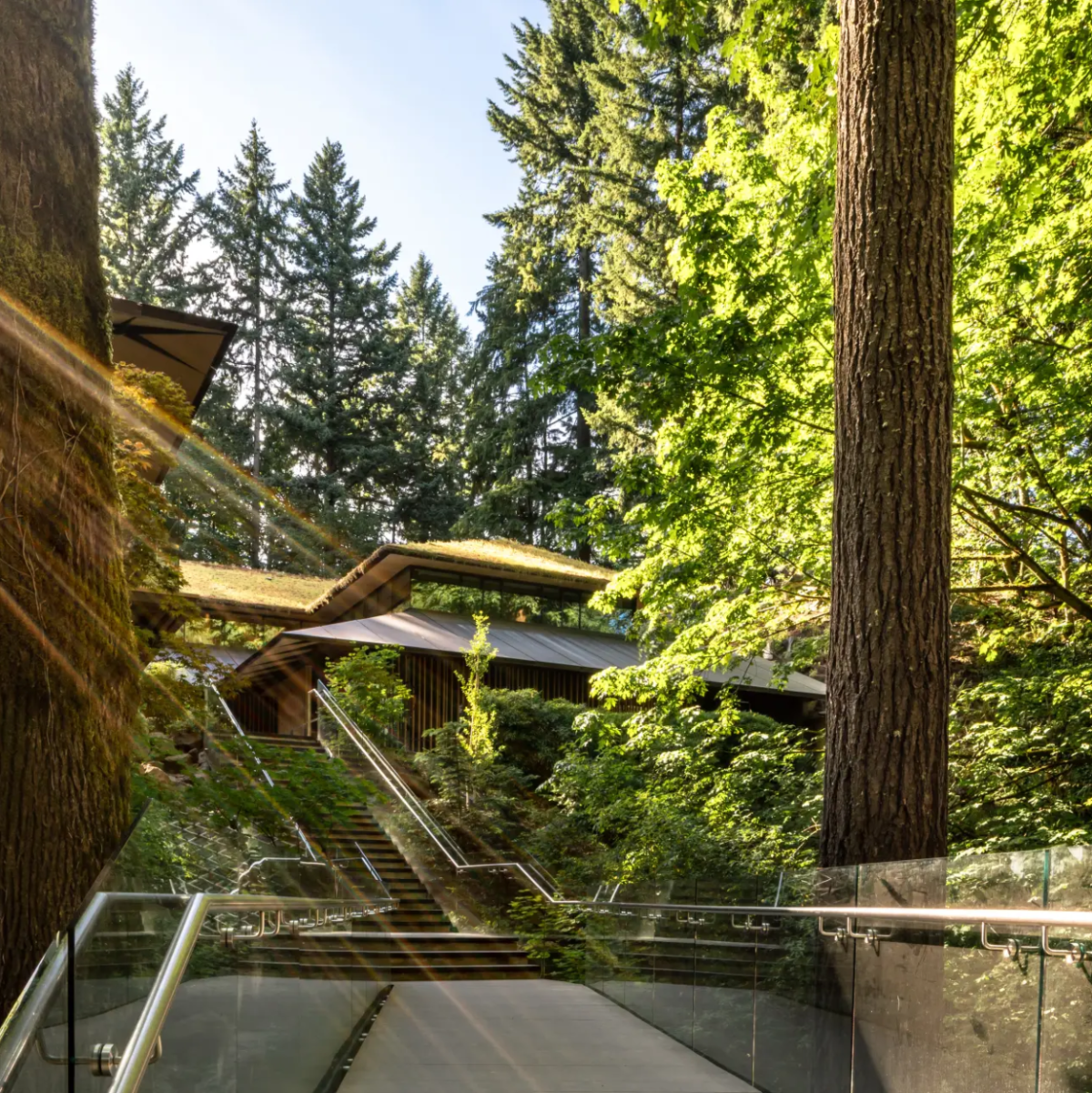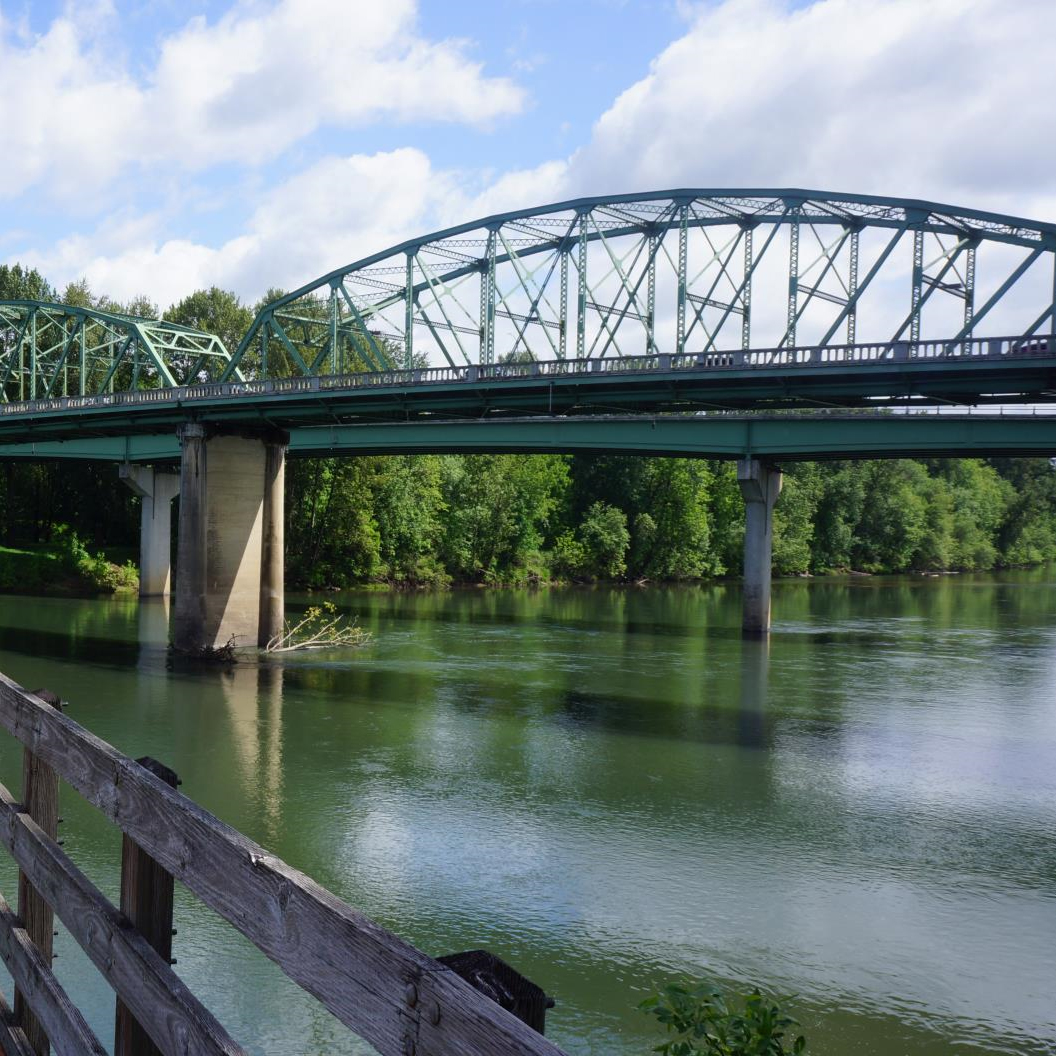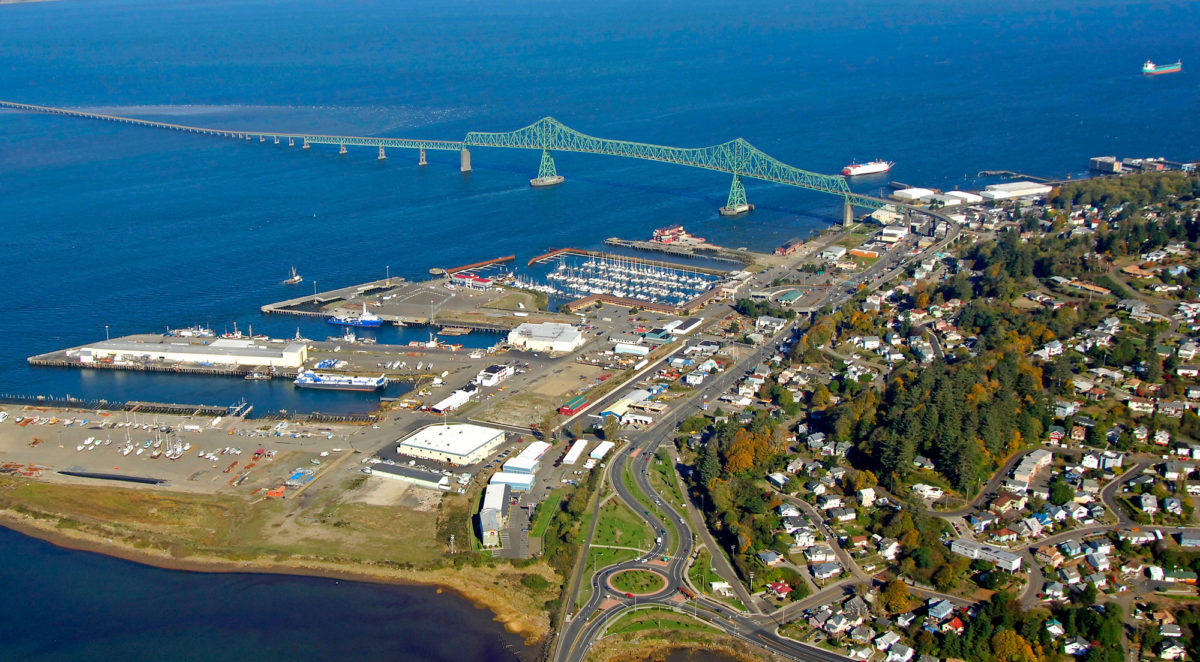Walker Macy’s Ken Pirie has co-authored an article titled “Recreation and Revitalization in John Day” in The Western Planner about our work with the City of John Day on their Innovation Gateway Project, an award-winning integrated community development, transportation and design plan.
Situated in a remote and sparsely populated area in the mountains of eastern Oregon, John Day has a long history of ranching, mining, and timber production. Three decades of steady population decline and the disruption to the natural resource economy in the 1990s have left the City struggling economically. Led by a new City Manager, Nick Green, the City developed the Innovation Gateway Project to reverse this pattern. Adopted by the city council in November 2019, the Innovation Gateway Area Plan envisions the revitalization of the former Oregon Pine mill site and adjacent riverfront properties as a dynamic and welcoming public space at the western gateway to the city. The Plan received the League of Oregon Cities 2019 Award for Excellence.
The Innovation Gateway study area encompasses 90 acres on the west and north edges of the city of John Day. The John Day River weaves the Innovation Gateway together. Because the river and adjacent floodplain areas have been heavily impacted by past and current land uses, the Innovation Gateway Project provides an opportunity to improve river-related functions and features, including fish habitat, aesthetics, and recreational access and trails. Seeking solutions that address multiple environmental, job creation, and food security initiatives, there will be state-of-the-art commercial hydroponic greenhouses along the riverfront, mixed with natural indoor and outdoor botanical gardens near a state of the art wastewater treatment plant, which will provide clean water for many of the area’s attractions and open spaces. Other improvements include a new hotel, new housing and employment land and a system of interconnected parks. This sweeping set of initiatives will build capacity for long-term resilience and reveals the unique challenges and opportunities for place-based planning in rural communities.


